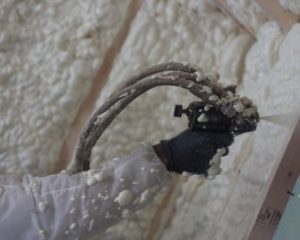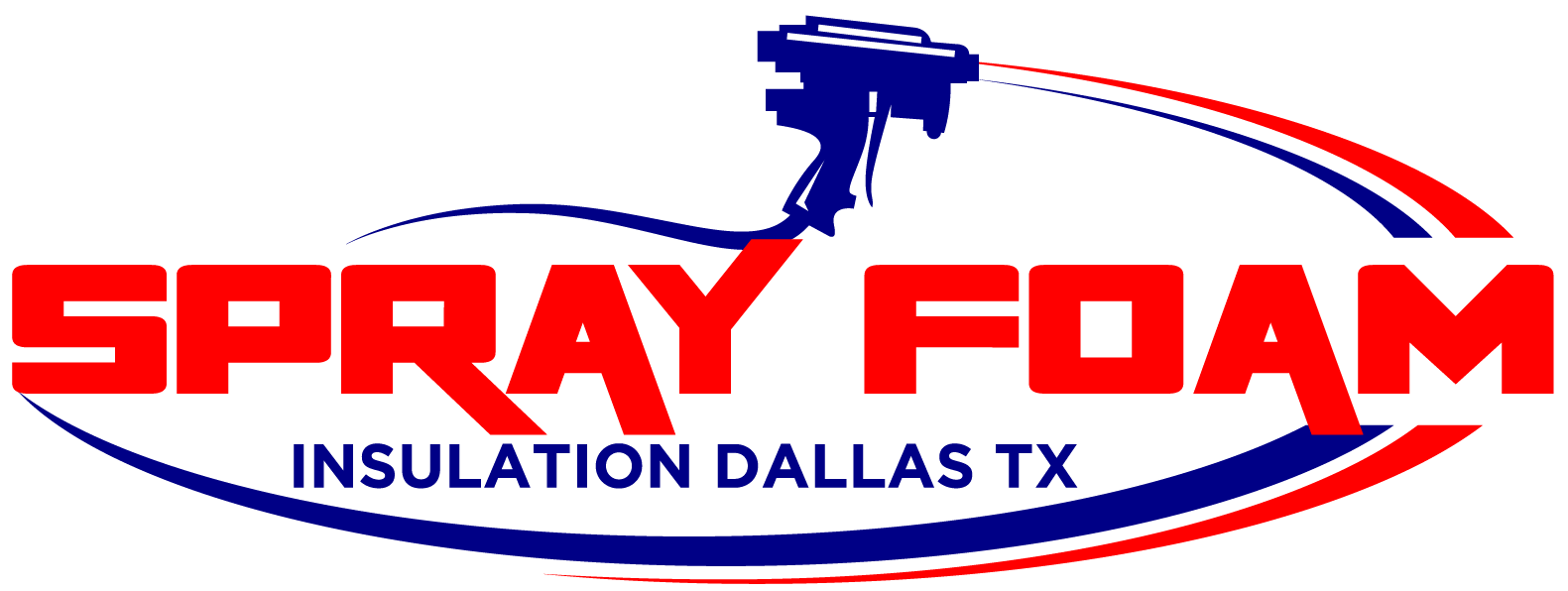There are a few variables when it comes to the best time to install spray foam insulation. The first has to do with the time of year, moisture levels and temperature. The second is with respect to the construction timeline.
 More articles in this series:
More articles in this series:
- How Does Spray Foam Insulation Work?
- Why Choose Spray Foam?
- Who Can Install Spray Foam?
- What is Spray Foam Insulation?
- Where Can You Install Spray Foam?
Property owners consider spray foam insulation to seal air leakages and keep cool air in during the heat of summer and warm air in during Dallas’ cooler winter months. Insulating against weather extremes can help save on energy and air conditioning costs and has the benefit of closing off cracks and crevices, keeping out pests. The insulation can also provide a sound barrier to keep down noise. With so many benefits, when is the best time of year to have spray foam professionally installed?
Best Temperature to Install Spray Foam
Spray foam must be applied to a surface that is dry and is between 60°F and 80°F. The makeup of the foam requires this so that it can be evenly sprayed and harden properly. We use an infrared thermometer and thermo-hygrometer to ensure the surface is within these tolerances.
Colder temperatures will make the foam sticky after application instead of hardening. It may also cause the material to shrink and become pliable, defeating the purpose of the insulation. While heaters can be used to bring a surface to the right temperature prior to the professional application of spray foam, extreme cold should be avoided.
Optimal Time of Year to Install Spray Foam
With these parameters in mind, it’s best to get spray foam insulation installed in an attic, walls, windows and any other areas where air can leak in and out at a time before the extremes of the hot or cold season. For this reason, many opt to have spray foam installed in the spring or fall when temperatures are mild and optimal for an effective and durable installation.
Installing Spray Foam in Existing or New Construction
One of the key benefits of spray foam insulation is its ability to conform to any shape and size area.
Ideally, spray foam can be applied in new construction before the finish drywall is installed. This is ideal because the installer can see all the exposed voids and be the most efficient with time and materials. It is easier to reach tucked-away spaces during construction. As far as the construction timeline goes, spray foam is usually after electrical conduit is run and before the drywall phase.
Existing homes can reap the benefits of spray foam, too. Existing insulation will have to be removed as spray foam requires a clean surface to adhere to. Further, allergens can get trapped in fiberglass or blow-in insulation. To get the benefits of clean spray foam insulation, you’ll want to have old insulation removed from floors, attics, crawl spaces and basements first.
Consider installing spray foam in these locations:
Residential: Pitched roof insulation | Flat roof insulation | Wall insulation | Floor insulation | Barndominium insulation | Rim joist insulation | Attic insulation | Crawl space insulation | Basement insulation | Mobile home insulation
Commercial: Warehouses | Metal buildings | Agricultural buildings | Subfloors | Schools | Hospitals | Municipal buildings | Industrial buildings | Office buildings
